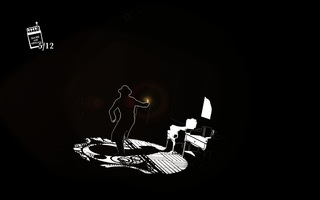 Last light. Last light.
A car accident forces a man to take refuge in a nearby house. But this house offers him no comfort. Darkness abounds in one man's search for answers and escape in a house filled with death and despair.
1. Gameplay
White Night has some great concepts but fatally flawed mechanics. Its monochromatic visual style, film noir story and narration, and great soundtrack entice the player to try this game, but the overly complicated plotline, painfully obvious “twist” ending, horrific fixed camera angles, and clunky camera-relative control schematic make even the first few minutes of this game a painful experience, one that gets worse as the game progresses.
The player walks through a haunted house, trying to avoid the murderous ghosts, while carefully managing the number of matches the player has in his inventory. While the matches can’t fight off the ghosts, they are the only thing that keeps the player from becoming completely lost in the pitch black rooms. Light is a commodity, the only one with any real value, and it is consumed quickly as the player progresses.
This type of mechanic worked well for Amnesia (another, somewhat similar horror game), but where pieces of flint would illuminate a light permanently in Amnesia, matches go out very quickly in White Night. This discourages any significant amount of exploration, which is a shame since most of the backstory is discussed in the various diaries, newspapers, photographs, and letters that are found in each room. Without these elements, the story of what the house is, who the characters are, and what happened is left completely unexplained.
Those who have played the original Resident Evil will remember the fixed camera angles. Instead of a camera that follows the character or one that allows the player to view in first person, a fixed camera angle sets the camera in a section of the room. The player watches and controls at the same time, as if he is a more passive observer. When done well, this can create some very interesting and tense moments that allow the player to see action that the character can’t see without abrupt changes to the camera or forcing the player to relinquish control for a cutscene. However, White Night falls into the trap of making it so that the player often can’t see where he is going. Even worse, the character’s movement is relative to the camera, not the character, meaning that when the camera changes angles the direction the player has to press to move the character forward changes dramatically. This lead to my death a number of times.
I almost gave up on this game numerous times, and if it weren’t for the fact that I paid around $10 for it, I would have dropped it and never looked back.
It took me around four hours to complete this game and, in reality, it should have taken me half that time and felt twice as long. A second playthrough would be a significantly faster experience, but without any compelling reason to put up with another hour of the game’s camera angles and mechanics I can see little reason why any player would attempt a second playthrough.
Usually when I get frustrated with a game, it’s about a small section or some minor mechanic that seriously hurts my ability to progress. White Night is somewhat unique in that major design elements hampered my ability to do simple tasks. It’s not that a piece of the game was frustrating, it’s that the game itself was frustrating.
As I mentioned before, the game uses a fixed camera system. So if you walk into a room, the camera is usually put high up in a corner. This allows the player to see the character and much of the rest of the room at the same time. However, anything that is obstructed will be impossible to see, and distance between objects becomes very difficult to detect with any precision as the player gets farther away from the camera.
This, along with the game’s often frustrating vagueness in objectives, led to me frequently asking myself where I was supposed to be going. I had to complete a few key sections with a walkthrough, something I am always very reluctant to refer to in a puzzle game.
The system of using matches as a source of light wasn’t usually an issue, since they could be found in abundance, but they did discourage me heavily from exploring much of the house. The problem with them was their overall inconsistency. Matches would frequently fail to light or go out at inopportune moments. This slowed down the overall pace of the already slow game.
The only enemy in the entire game are ghosts that can kill the player instantly in a single hit. Couple this with the game’s archaic “find an armchair to save your game” system meant that I frequently lost ten to fifteen minutes of gameplay simply because I made a wrong turn or didn’t see an enemy because of a camera angle.
The “Perfect Storm” moment of everything I mentioned above was a single room that almost made me quit the game in frustration. I was stuck in a room that was filled with ghosts. Accidentally walking into any of them would force me to restart the room, and my matches were completely useless against them. Most of the doors out of the room were locked, and the camera angle switches awkwardly when you get halfway through the room.
It took me nearly 30 minutes to make my way out of the room, and at one point I had made it out but thought I had failed so ended up going back and walking into a ghost.
I did not enjoy this game.
2. Parental Notices
Excluding the diary entries, there are only two examples of violence that the player can see. The first, and most common, is if the player gets killed by a ghost. The ghosts simply slash down at the air and the main character dies. There is no blood or visible evidence of the violence at all.
The other example is when a female ghost is stabbed and crawls away, bleeding. She bleeds bright patches of light, so this isn’t the traditional red blood one would normally expect from such an act.
Violence in the diary entries is a bit more graphic, but is only discussed in text. For example, there is one scene where Margaret describes her father biting his own tongue off and spitting it at her.
While these are the only straight-forward violent acts the player can see, please note my discussion of torture in this game in the “Miscellaneous” section.
There are a number of pieces of artwork in the mansion that depict nude women. These aren't abundant in the house, but they aren't hidden either.
Margaret’s diary entries get into some pretty horrible sexual elements. Since these are not directly shown and not discussed in graphic detail, I’m going to save the specifics for the “Miscellaneous” section.
The main character smokes early on in this game and there is some mention of drinking. However, these are very rare, especially the smoking (since matches are a rare and valuable commodity).
Gambling is not a factor in this game.
3. Other Factors
There are no modding tools available for this game.
There are many religious symbols around and within this house. Perhaps they were only meant to set the tone and serve as artwork, but it certainly seems like there was irony behind their inclusion.
Many of the diary entries talk about religion and demons as well, but these are significantly less obvious.
Anti-law is not a factor in this game.
There are no multiplayer modes for this game.
The various spirits and hauntings that happen within the house, both during the course of the game and in the diary entries the player can read, can only be described as magical in nature. While I didn’t see any elements of rituals or demon summonings, the events that occur over the course of the game definitely seem magical in nature.
If the player goes through just the game without reading any of the additional content found in the house, the mature content will be fairly benign. It’s all just a bit too vague and too confusing to make an impression. However, once the player starts diving into the written content, the entire game takes a much darker twist. The depravity included in the written page always toes a very thin line between kitschiness and depraved creativity. I never felt like it went too far, but I always wondered “WTF am I reading?”
With that in mind, all of the content below is only found in detail in the diary entries:
Torture
One of the characters describes how he tortures women, usually prostitutes, in his house. Some of the content is decently graphic. He describes how he straps them down to the “whore chair” and then makes them suffer. If such a chair is included in the game, I never found it.
Rape
Margaret, one of the characters who writes diary entries, describes how her dying father forced himself upon her. This act eventually led to her having a child. She doesn’t go into explicit detail of the act, but she provides enough detail to make it clear that it happened.
Incest
The above act was obviously incest. If there were other examples of incest, I never found them.
0 Comments
Leave a Reply. |
Like what we do? Want to see more? Donate to the site using the button below!
Not sure what a term means? Read the definitions!
Not sure what a review section is about? Find out more information!
|
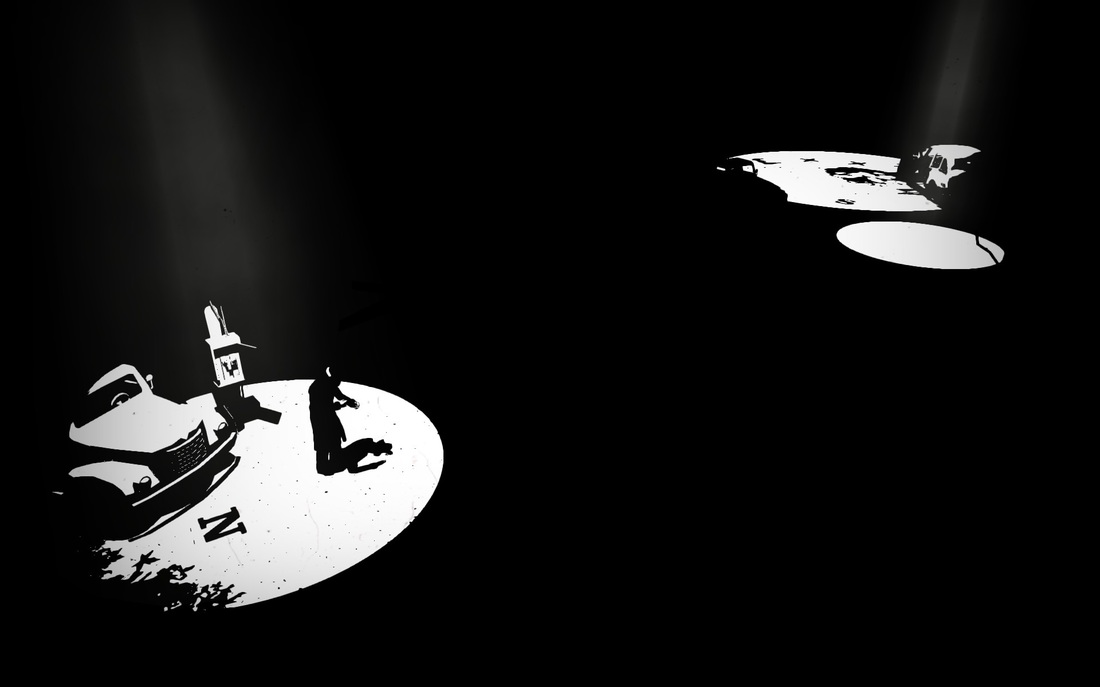
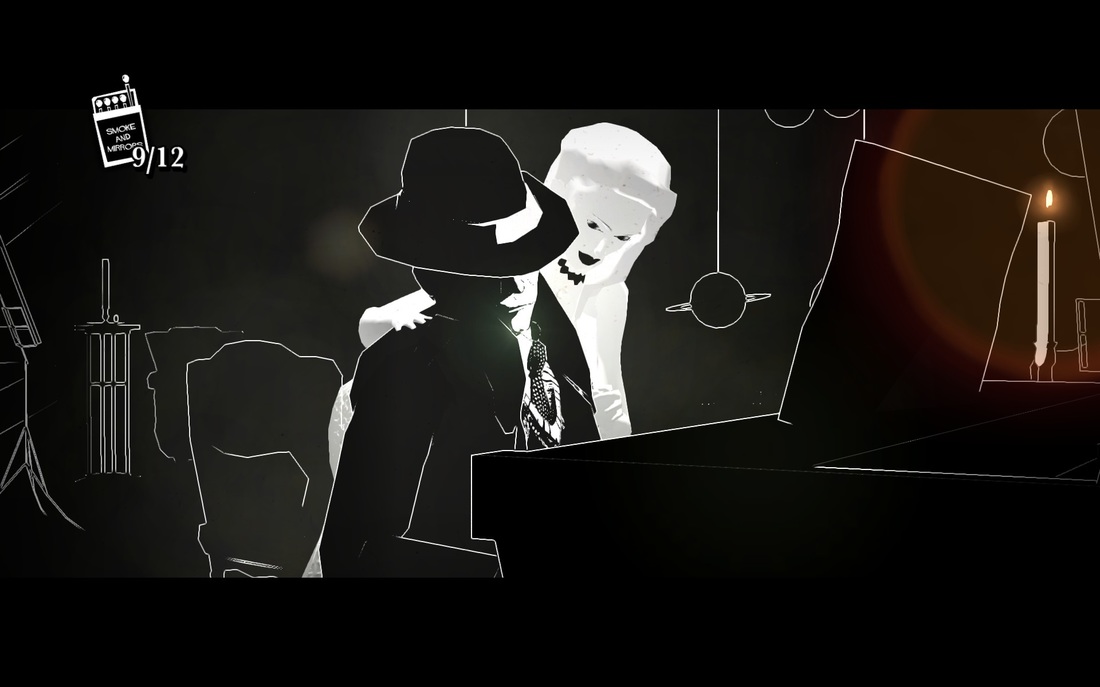
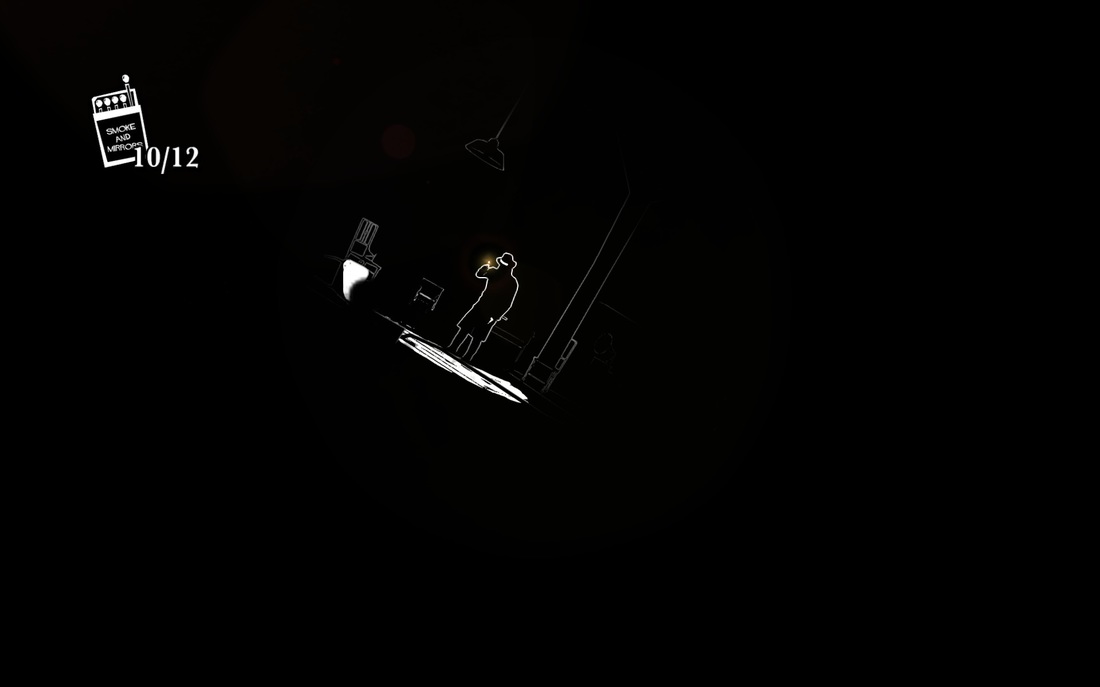
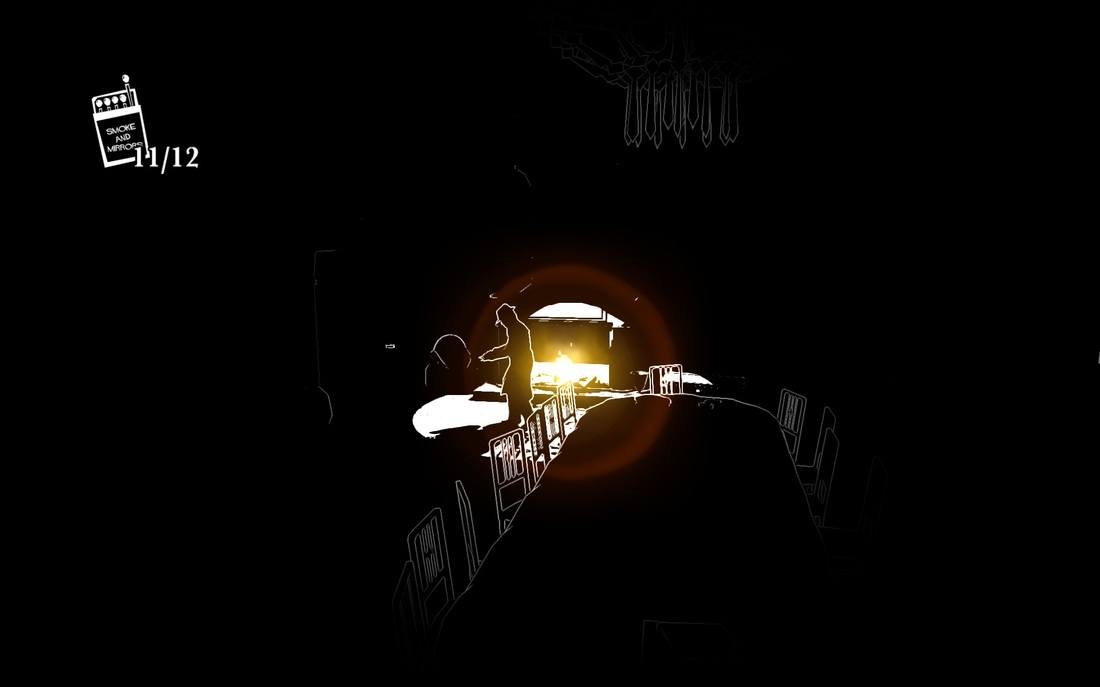
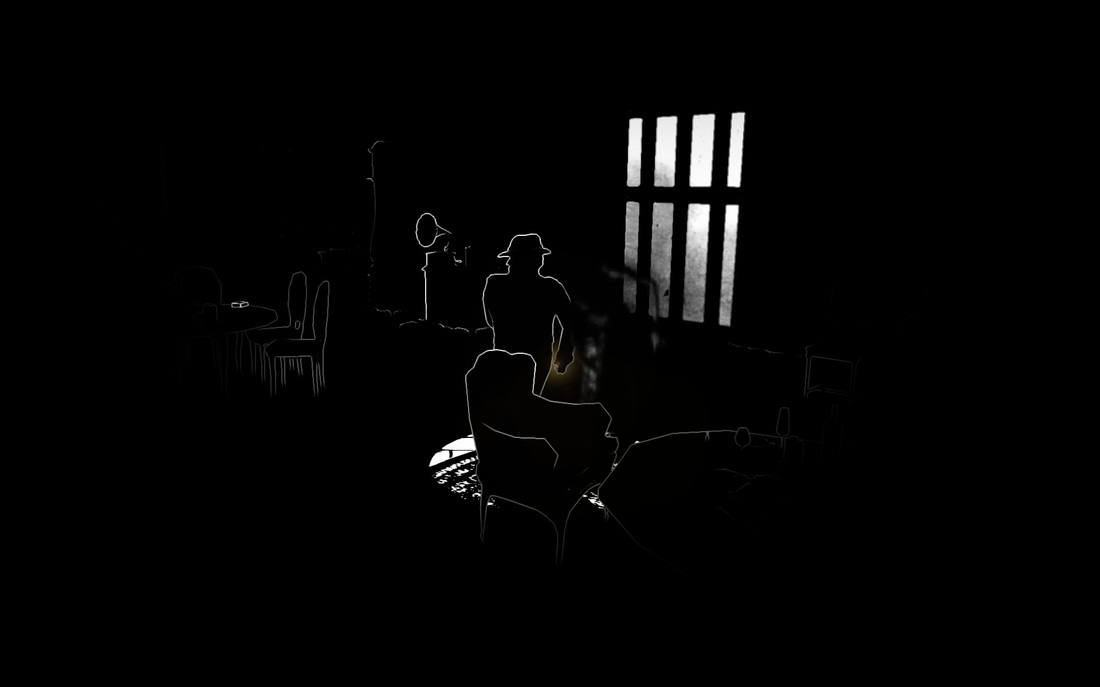
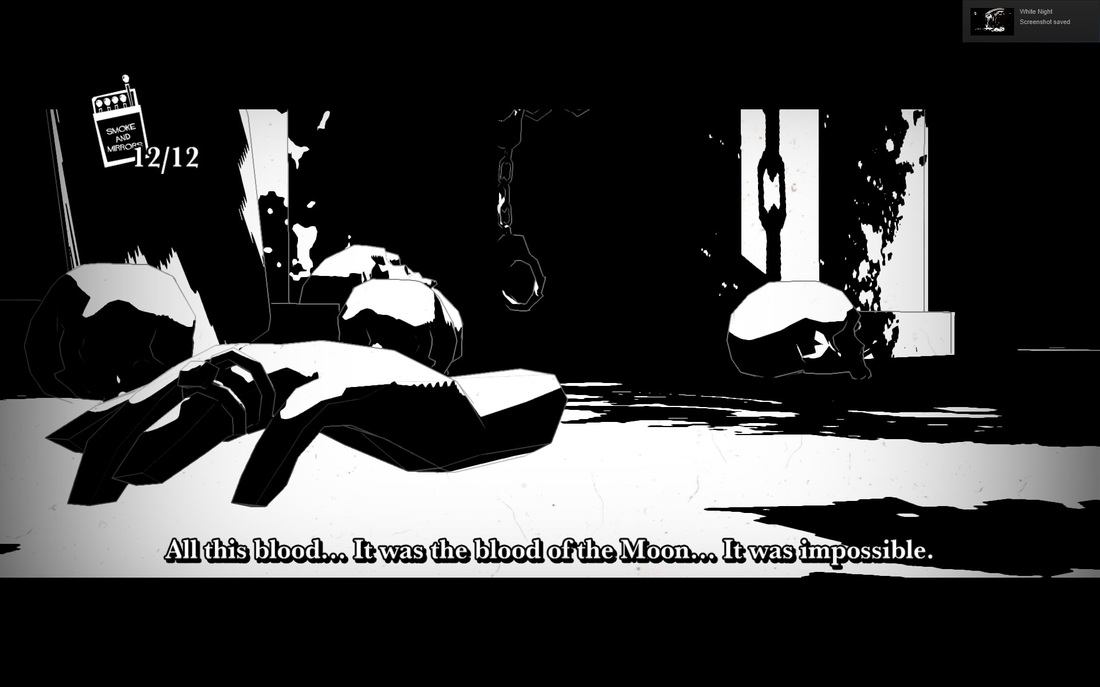
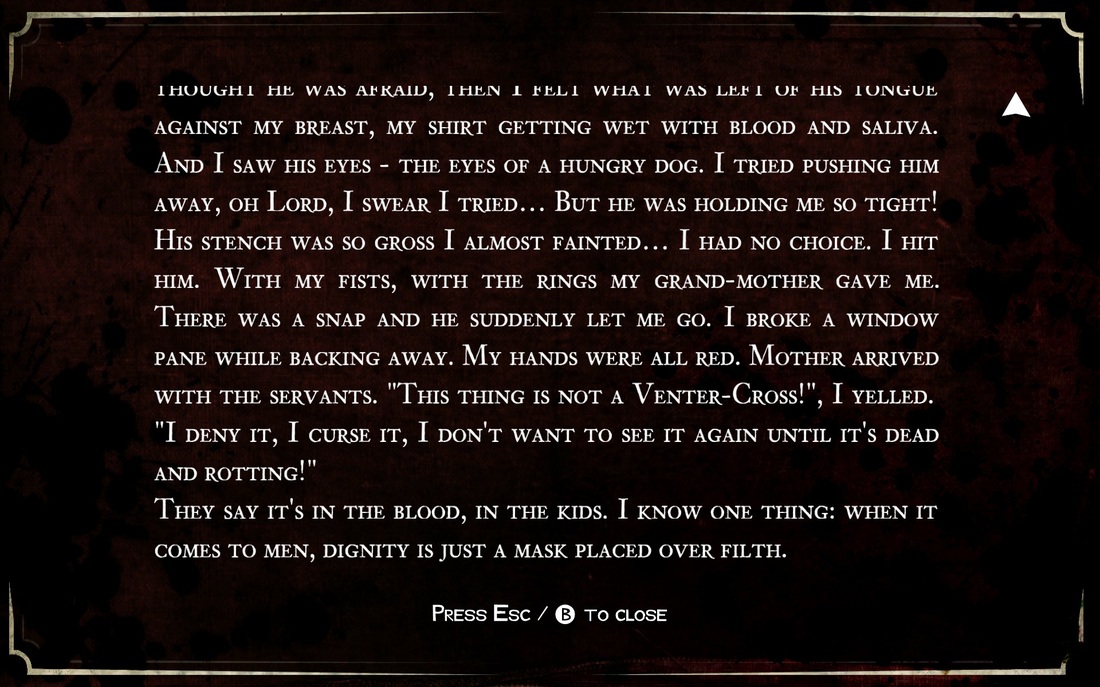
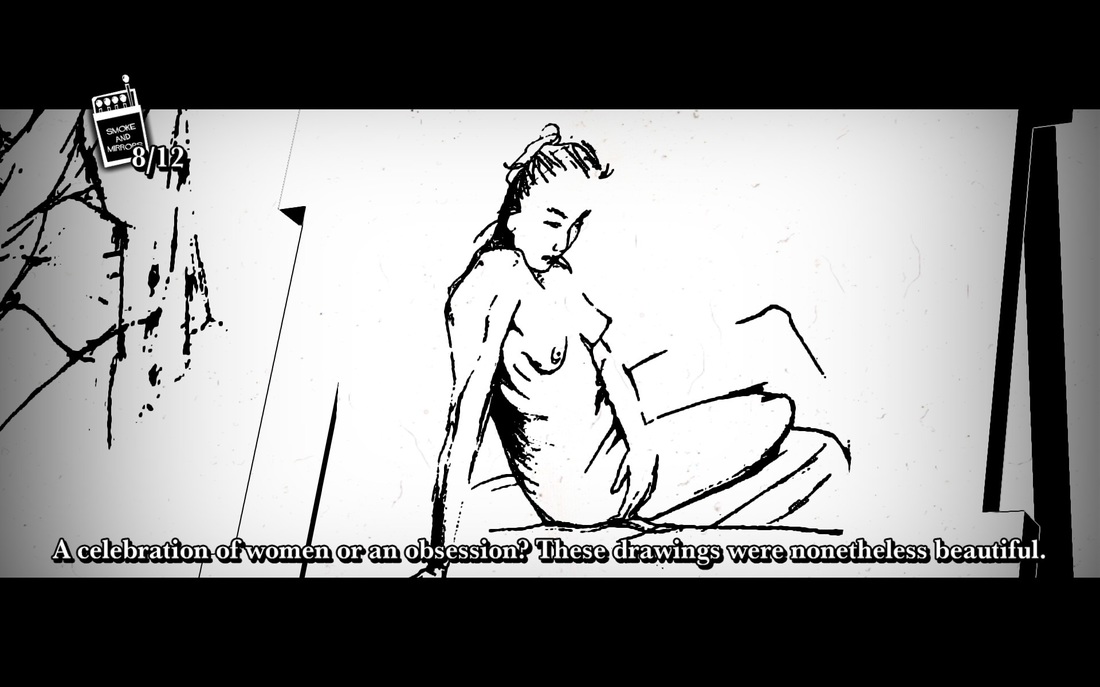
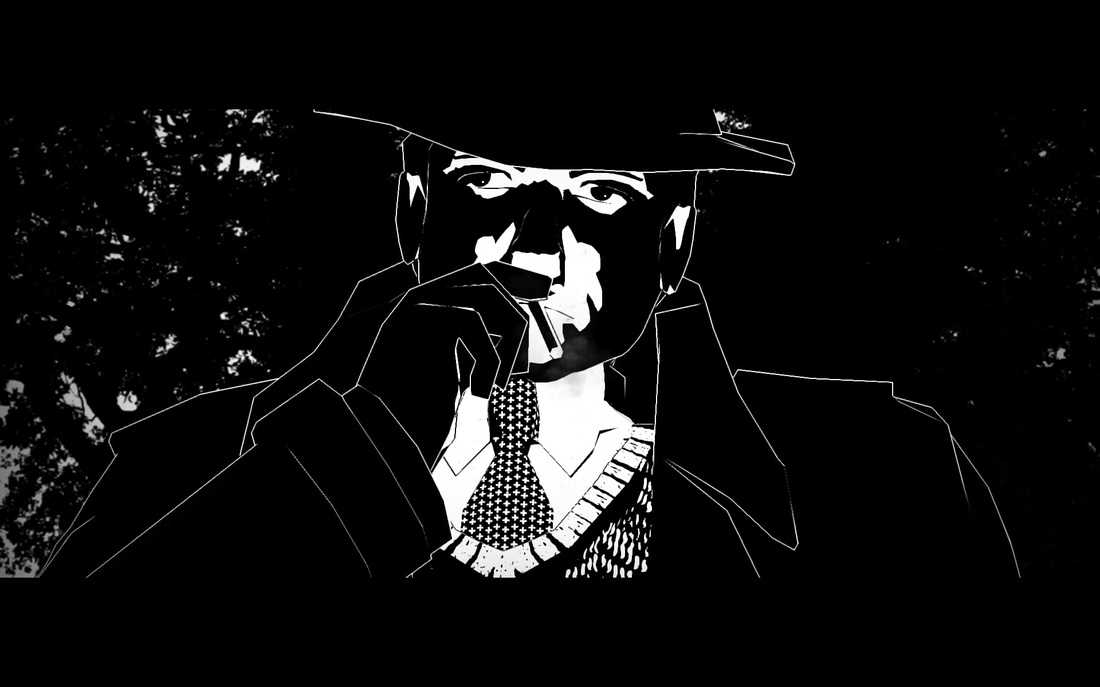
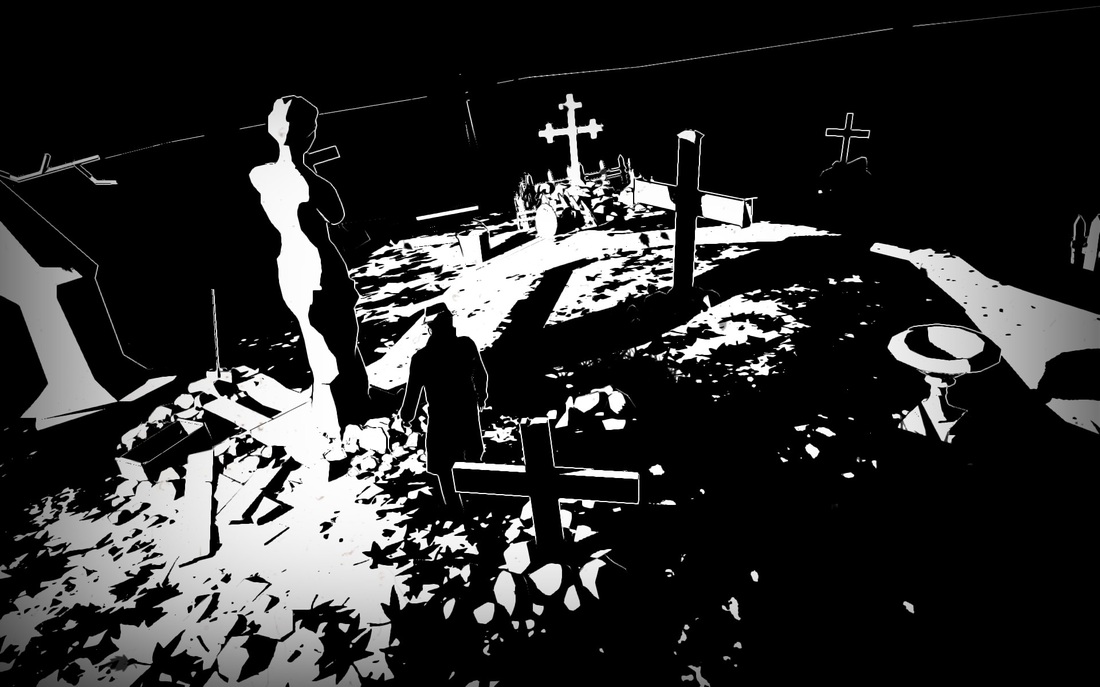
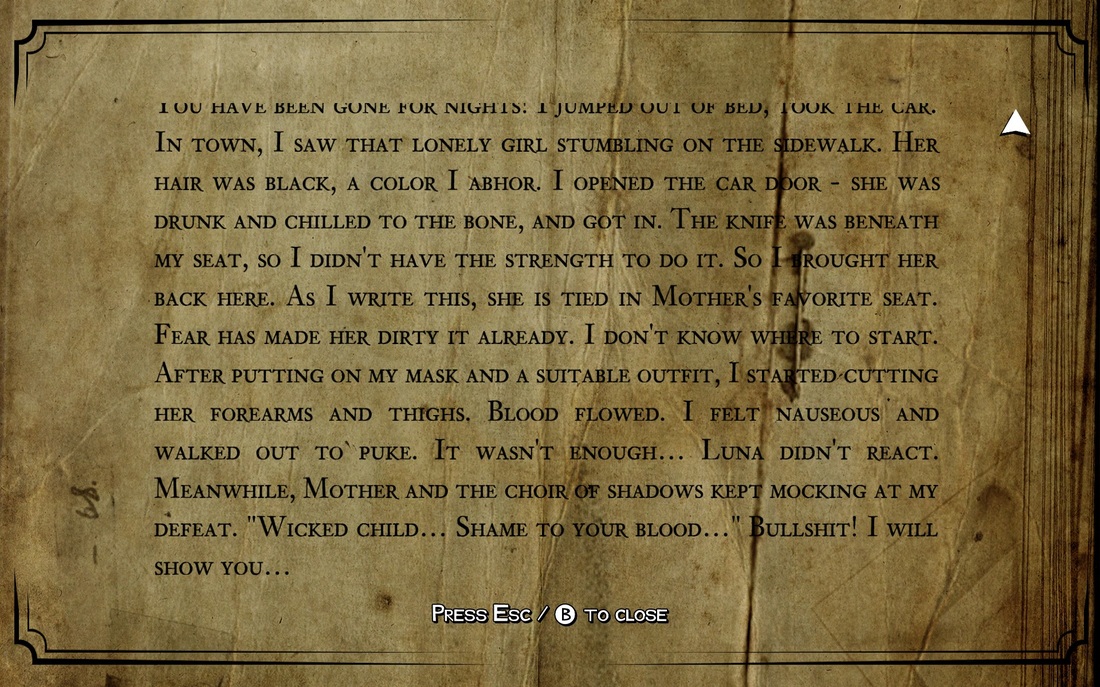
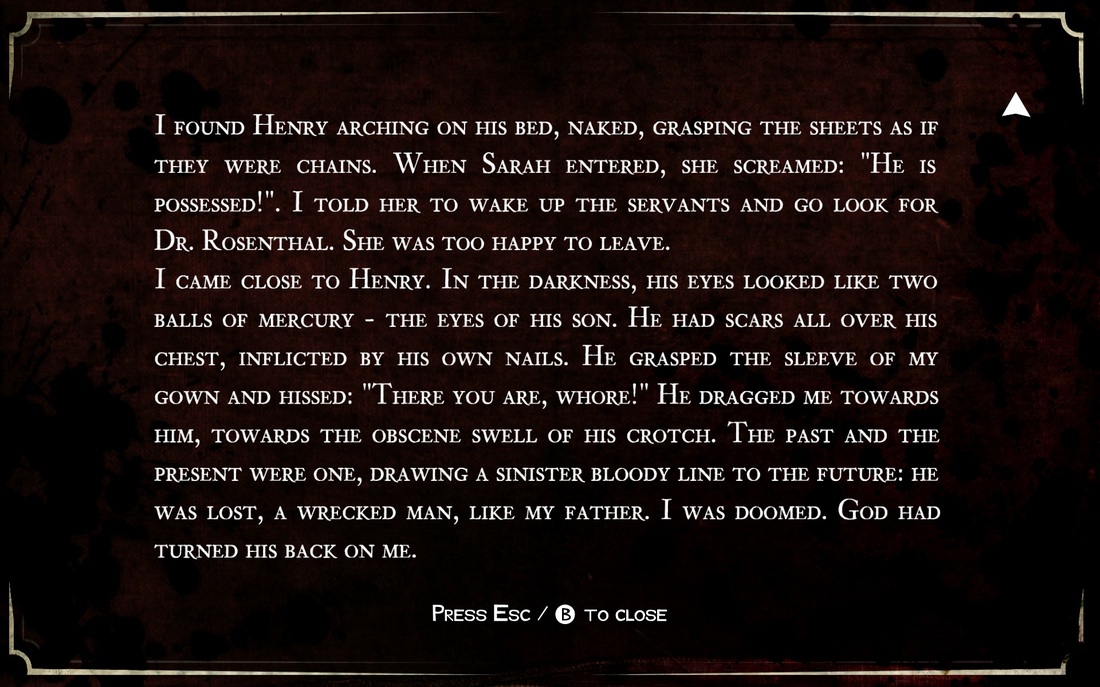
 RSS Feed
RSS Feed